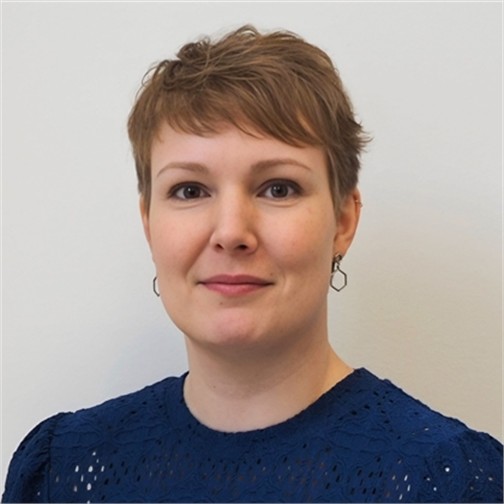Developing a New Method for Assessing and Predicting Grass Biomass Growth

In the nationwide PUNURMIO project, we are developing an easy-to-use method based on machine learning and a mobile application for the automatic and field-specific monitoring and prediction of grass yield growth. Our goal is to improve grass yield, reduce the carbon footprint of agricultural products, and support climate-smart milk and meat production.
The rapid increase in farm sizes and the ever-tightening pressures to enhance production efficiency and competitiveness are driving producers to improve the level of their operations in agriculture. At the same time, climate goals, regulations, and support policies are increasingly focusing on the environmental and climate impacts of farming. Individual farms and primary production businesses face a growing need to develop their capabilities to meet these demands.
The method being developed in the PUNURMIO project for assessing grass yield is based on images taken by the farmer using a phone camera, locally collected data, and information such as local weather forecasts and soil data. The project involves building a mobile interface through which the captured images are sent to a machine learning algorithm, and the resulting assessments and forecasts are provided back to the farmer. The method developed in the project will be tested on pilot farms and selected test fields, and its results will be compared with biomass estimates generated through satellite image-based modeling. The project will also explore the potential for assessing feed digestibility (D-value) and other qualitative factors using image-based methods.
“In this project, we are developing a practical and user-friendly mobile application tailored to the needs of farmers, helping them optimize grass yield production in an environmentally sustainable way.”
Joni Kukkamäki, Project Manager
Forage grasses used for feed constitute the majority of the diet for dairy and beef cattle. High grass yields generally have a positive impact on carbon sequestration in the soil, thereby reducing the carbon footprint of the final products. Currently, grass growth is monitored using slow and labor-intensive manual sampling methods. By automating this process, it is possible to speed up operations and enable more precise and individualized monitoring of grass field growth, as well as optimizing the timing of harvest.
For more information:


PUNURMIO – Development of automatic methods for grass biomass estimation, monitoring and prediction
Häme University of Applied Sciences is the project administrator and main executor. The project partners include the Finnish Meteorological Institute, Baltic Sea Action Group, and Gofore Plc. The project’s innovation group brings together industry experts and farmers. In addition to the project implementers, the innovation group includes representatives from Valio and its producer cooperatives, ProAgria, as well as agricultural primary production companies specializing in dairy and beef cattle.
The project is a nationwide EIP project (EIP = European Innovation Partnership) and has received funding from the European Agricultural Fund for Rural Development (EAFRD), granted by the Häme Centre for Economic Development, Transport and the Environment (ELY Centre). The results of the project will be freely accessible to everyone.